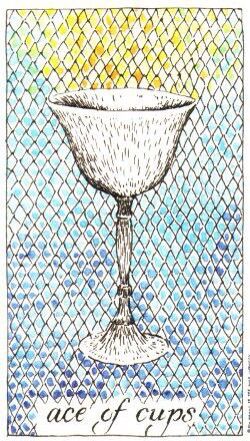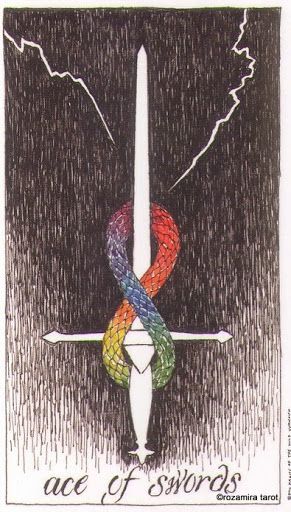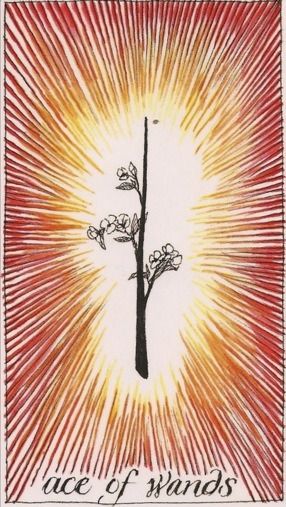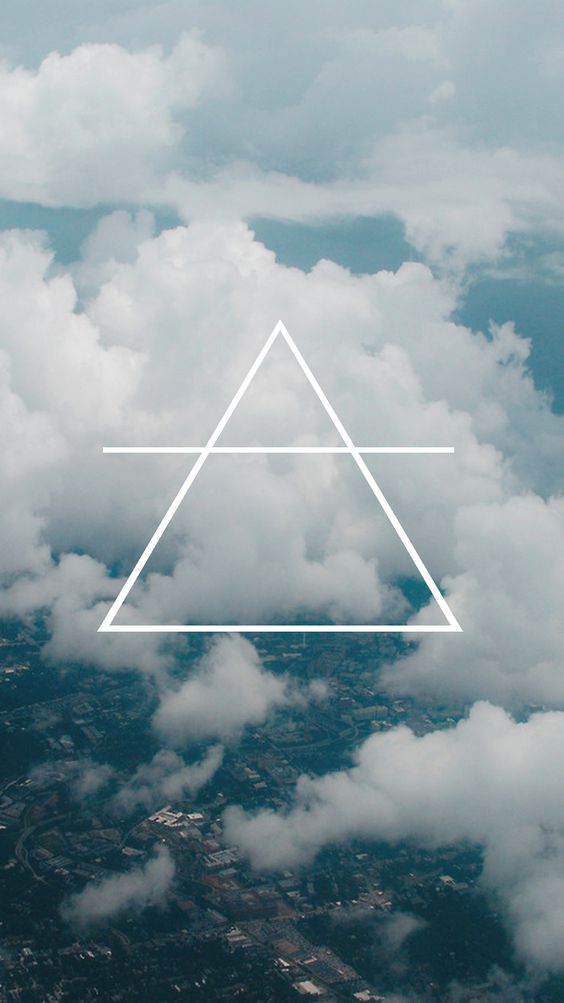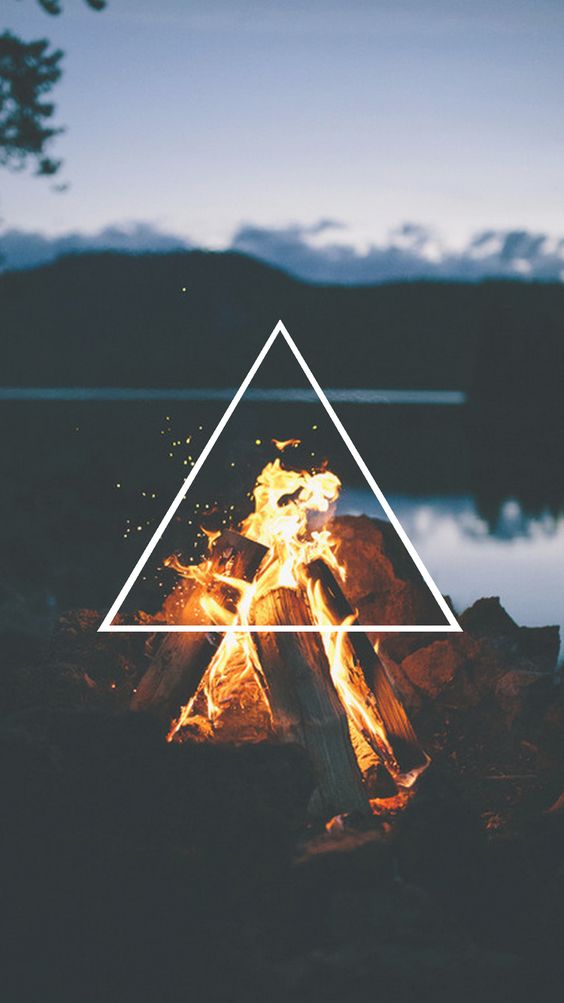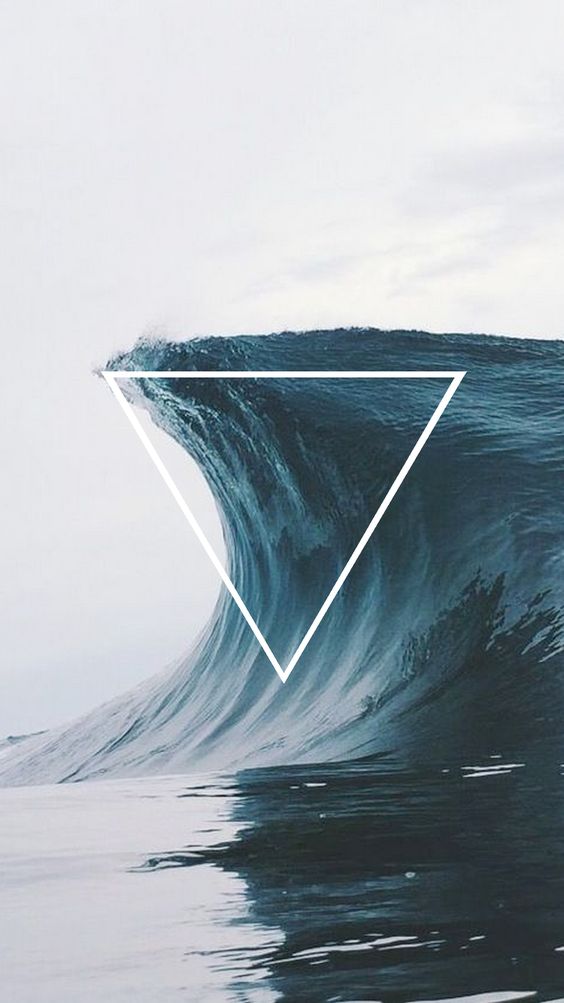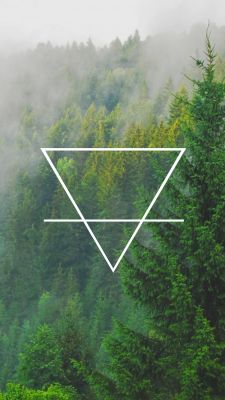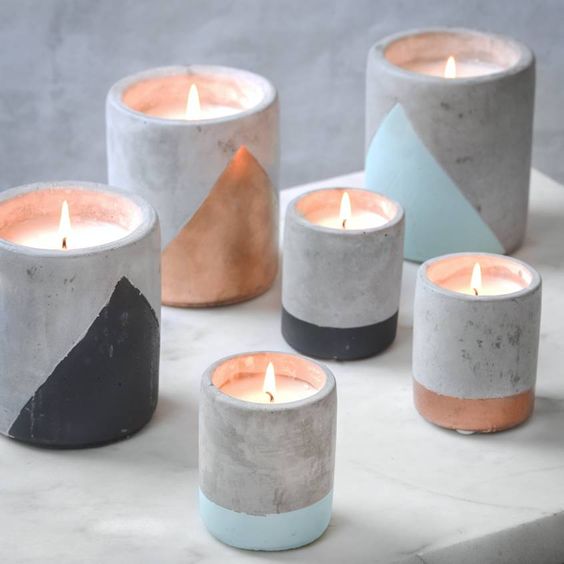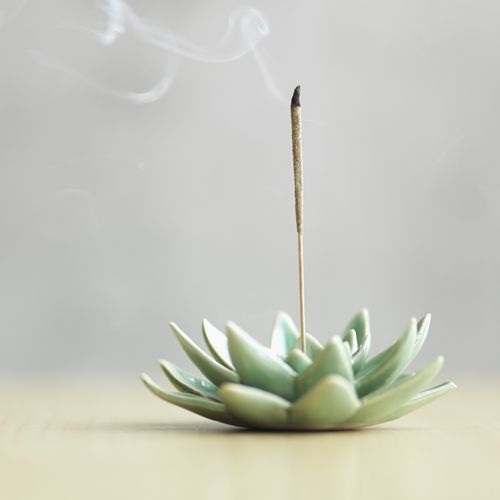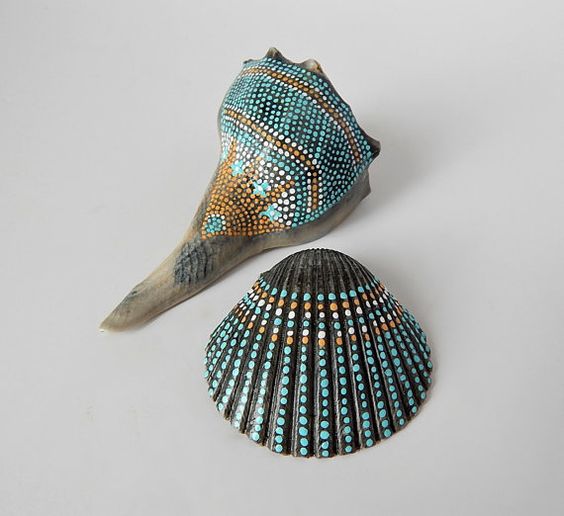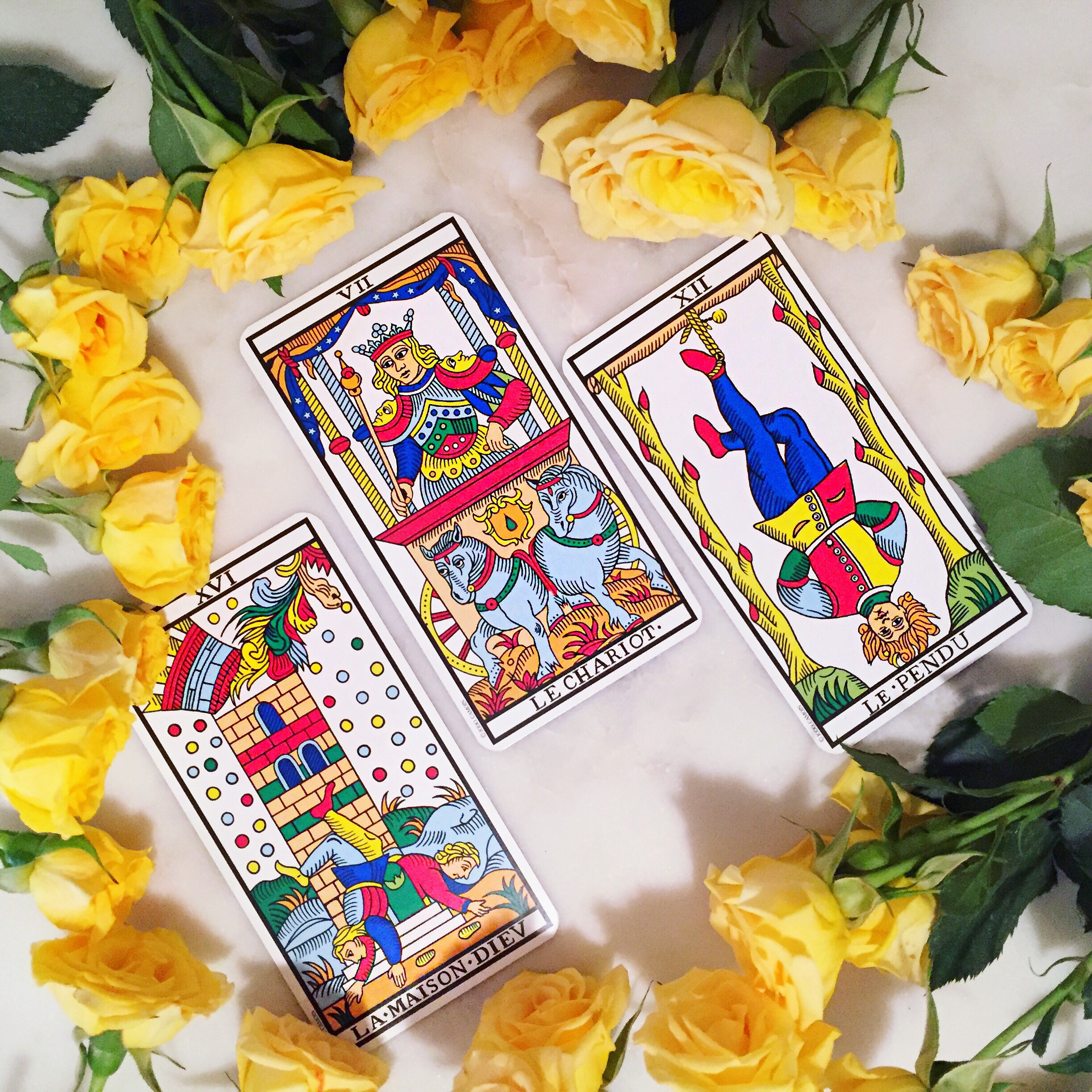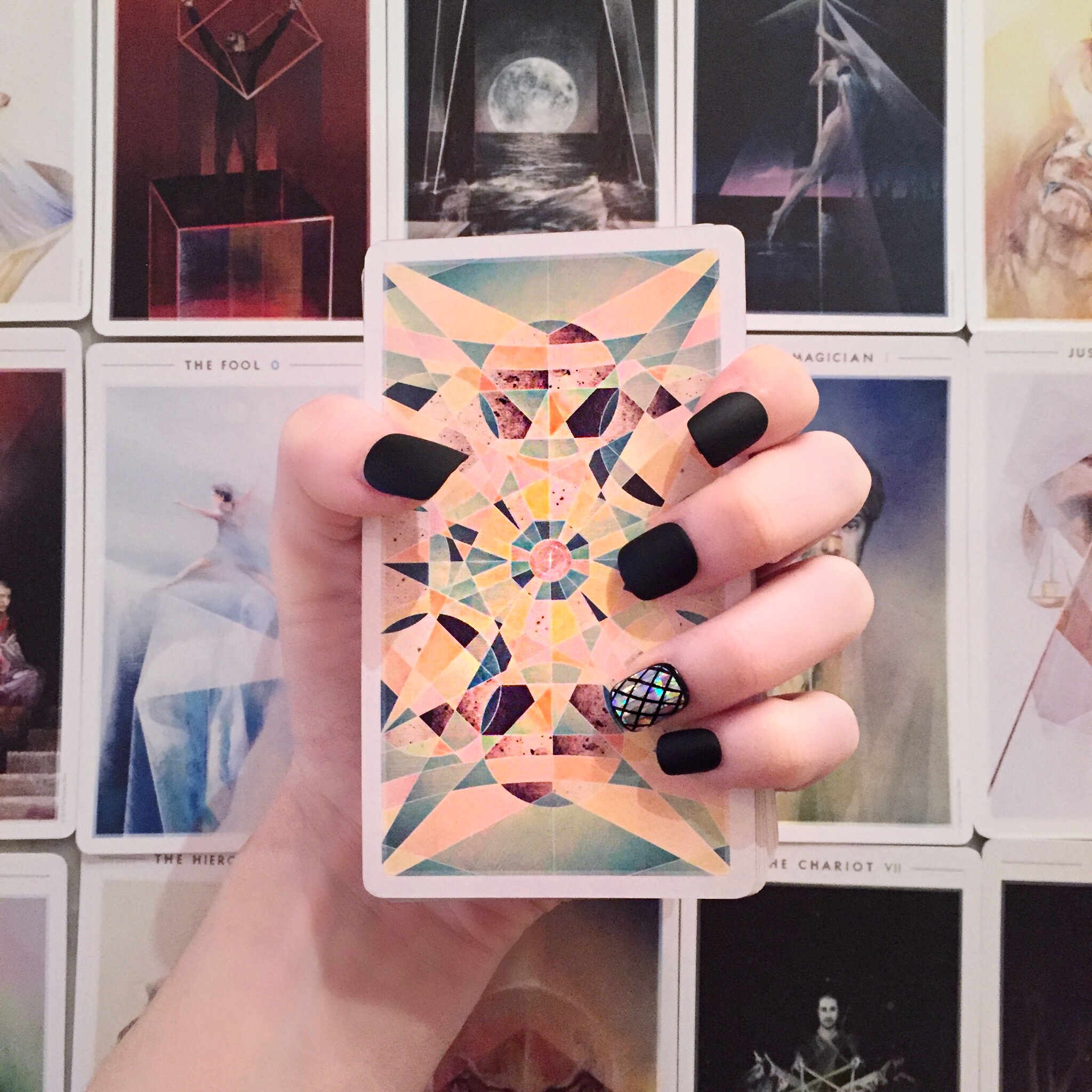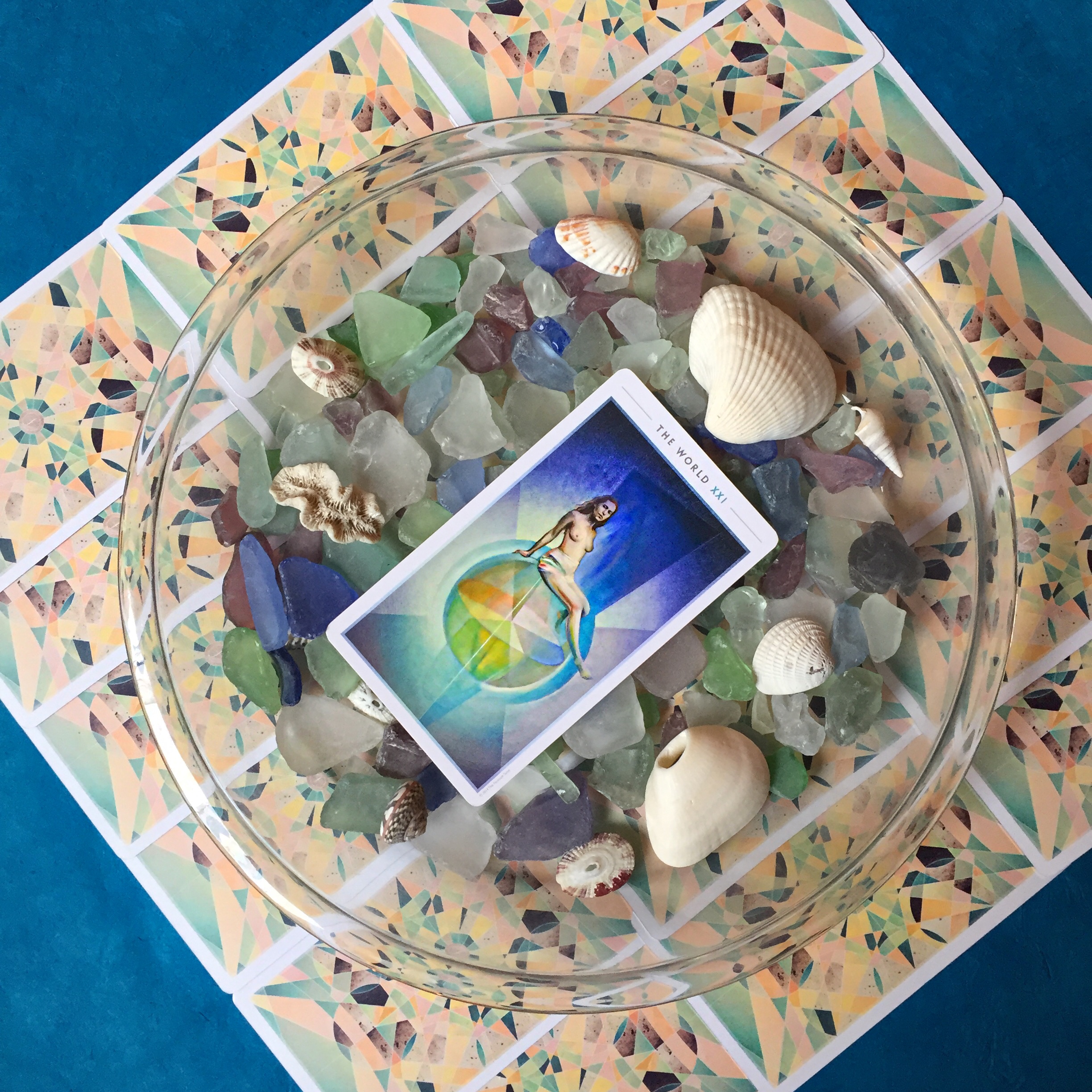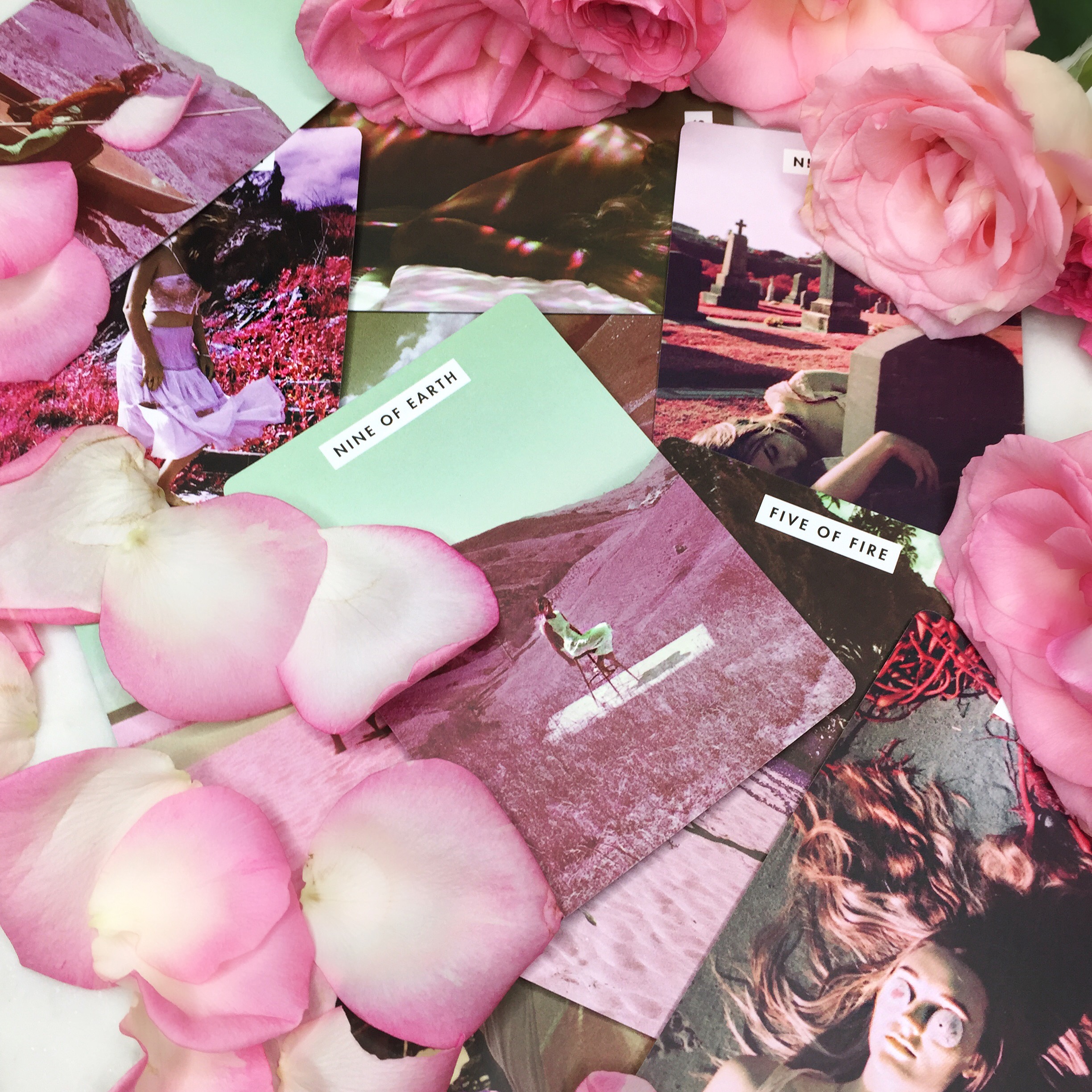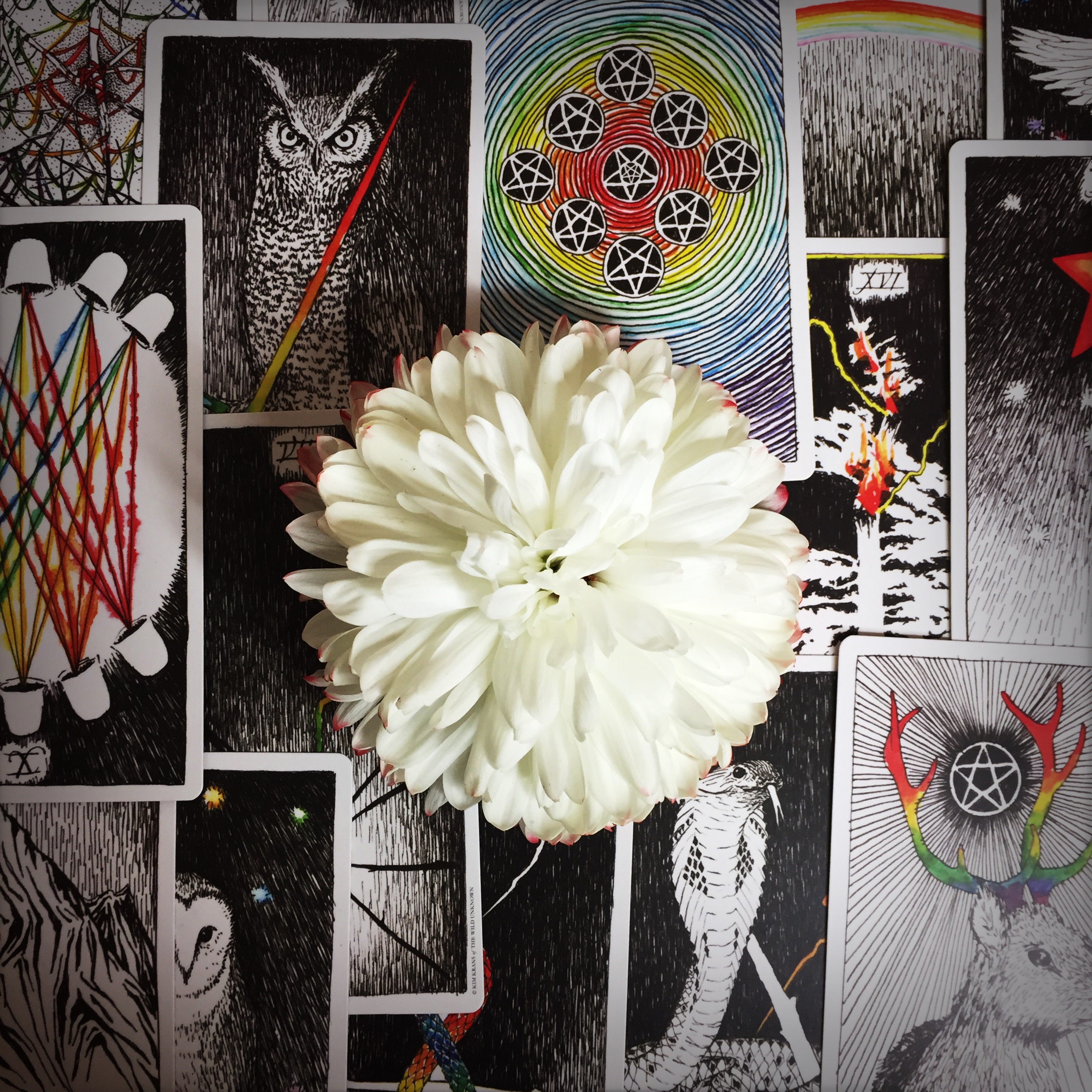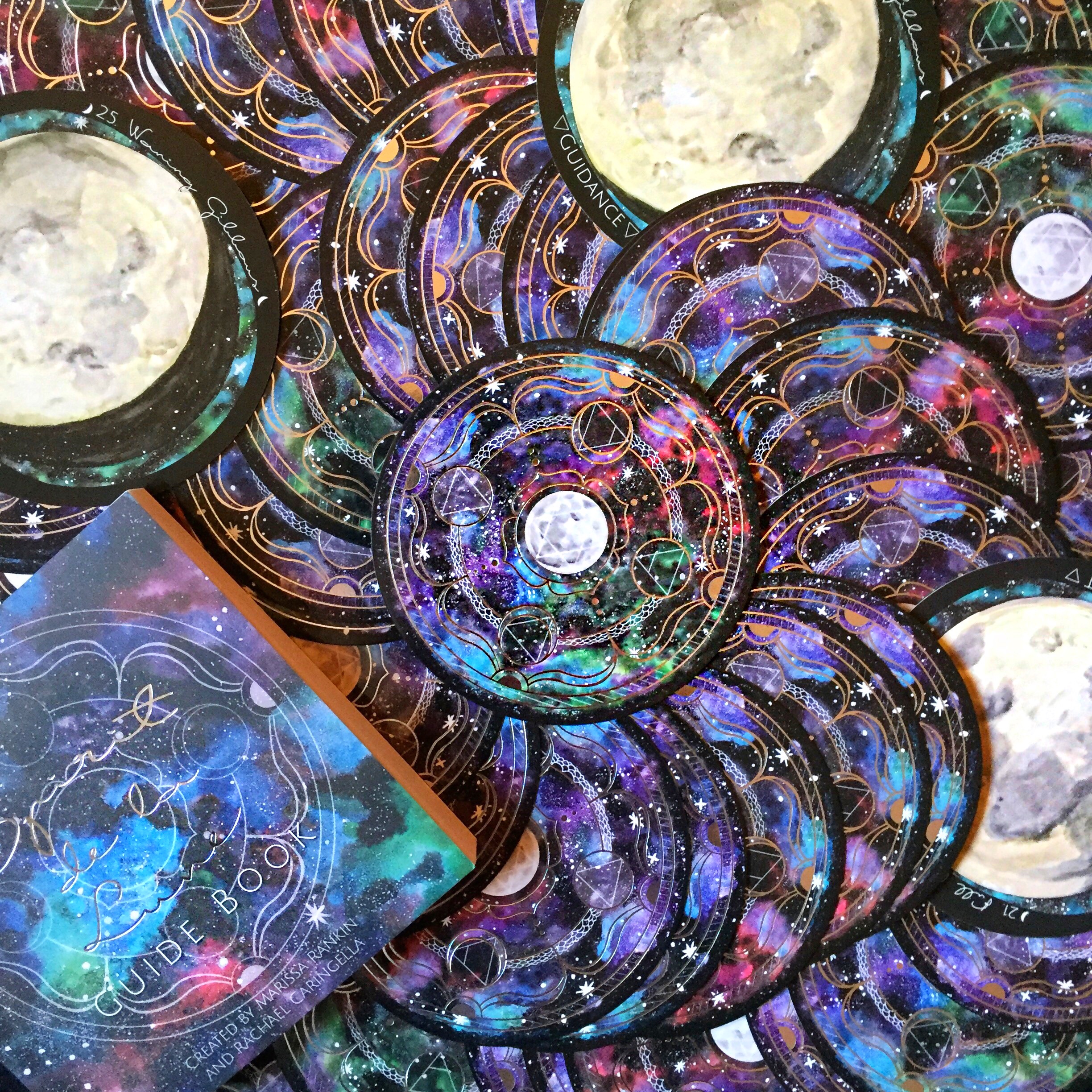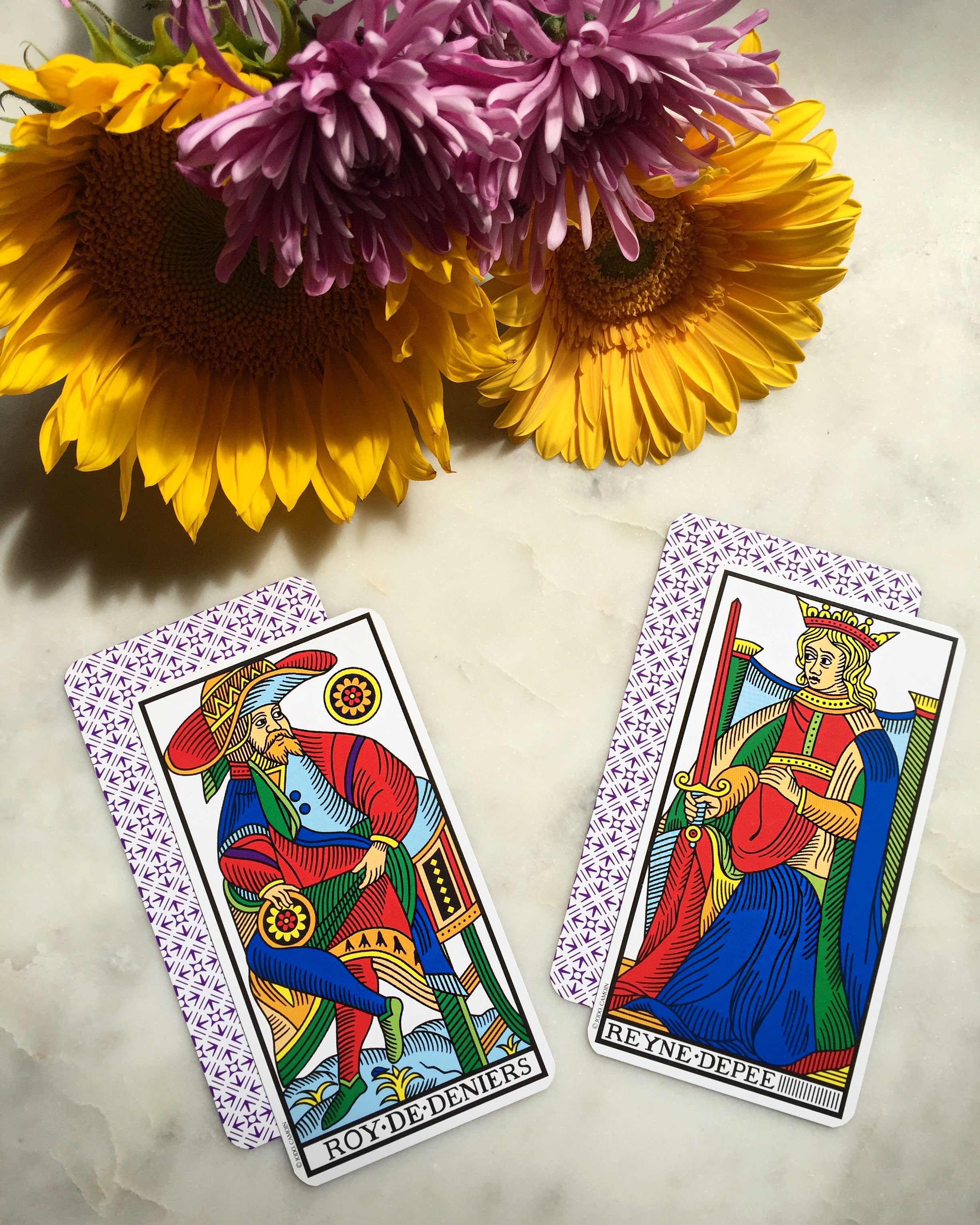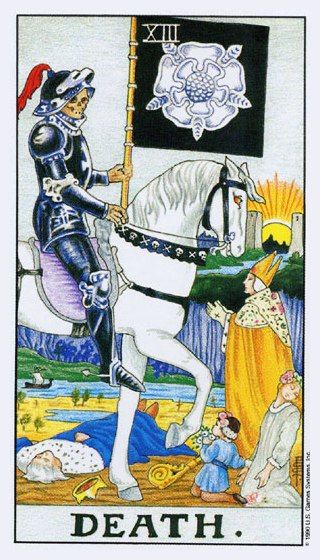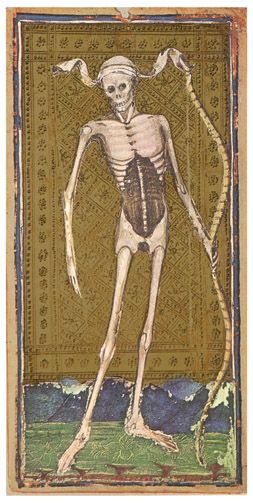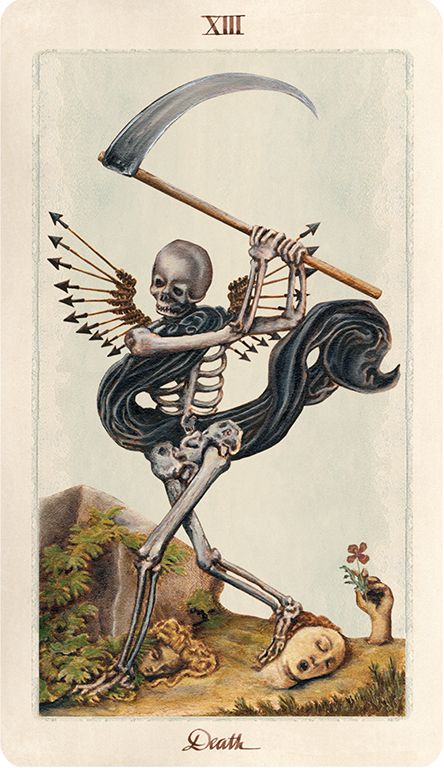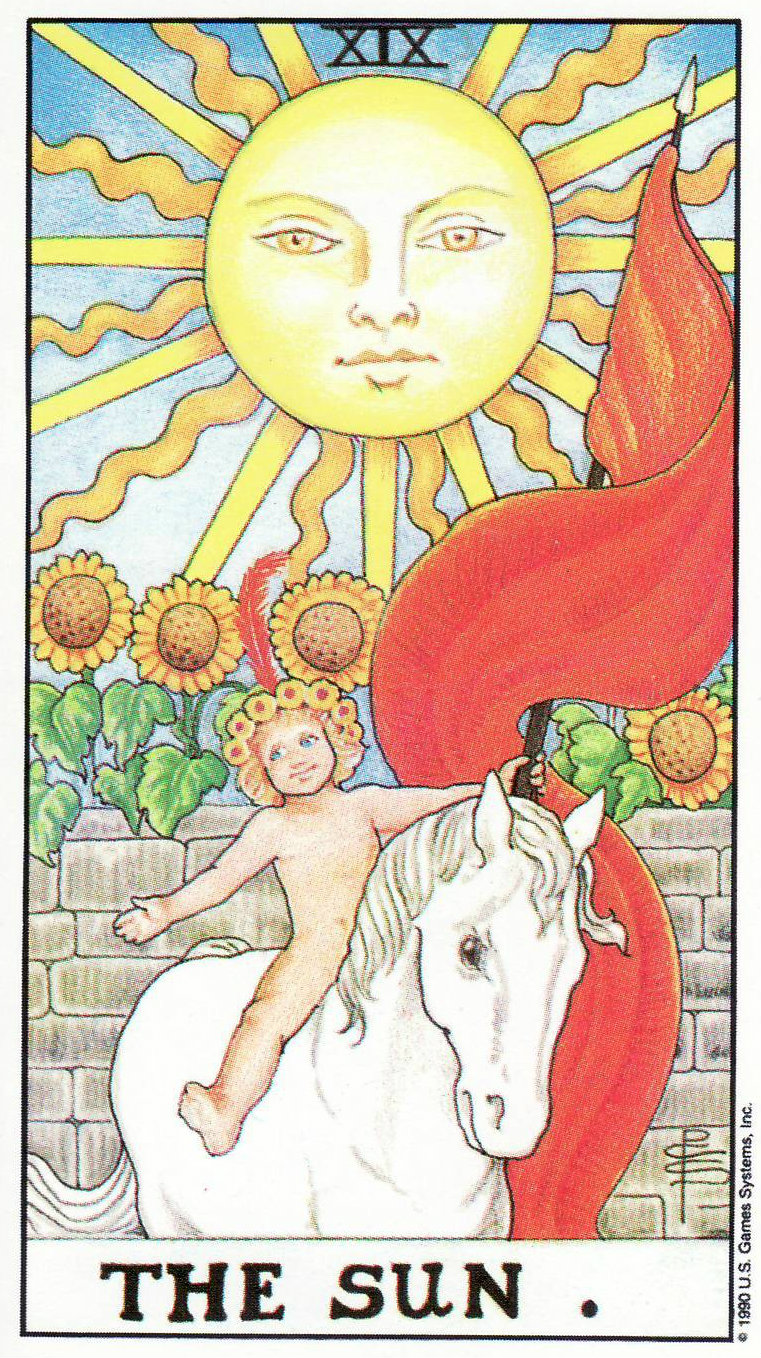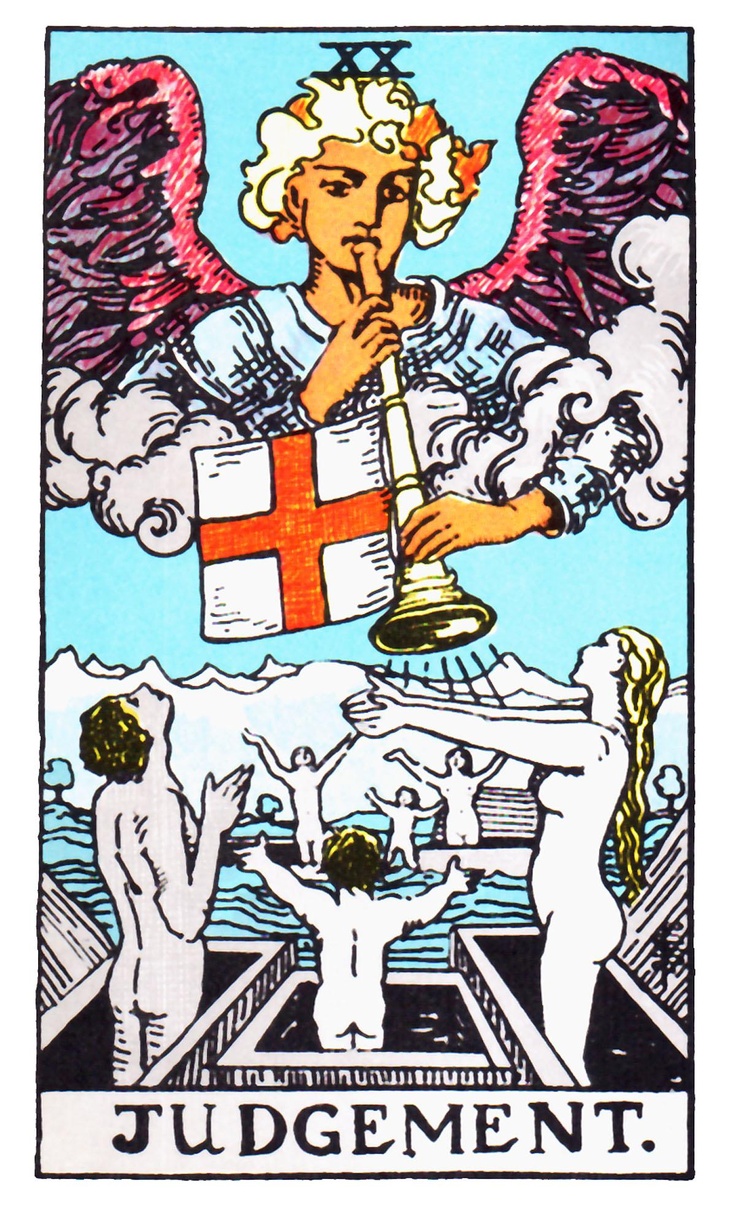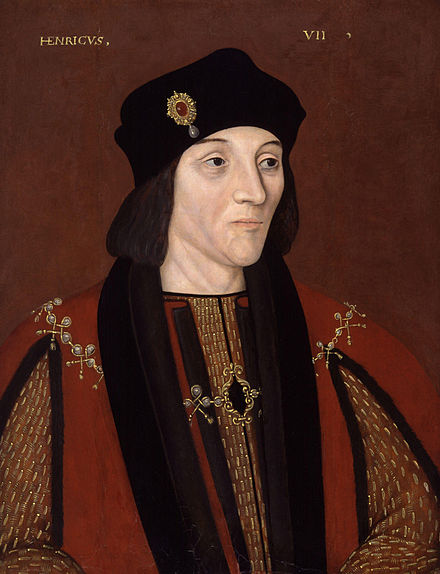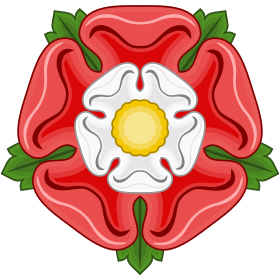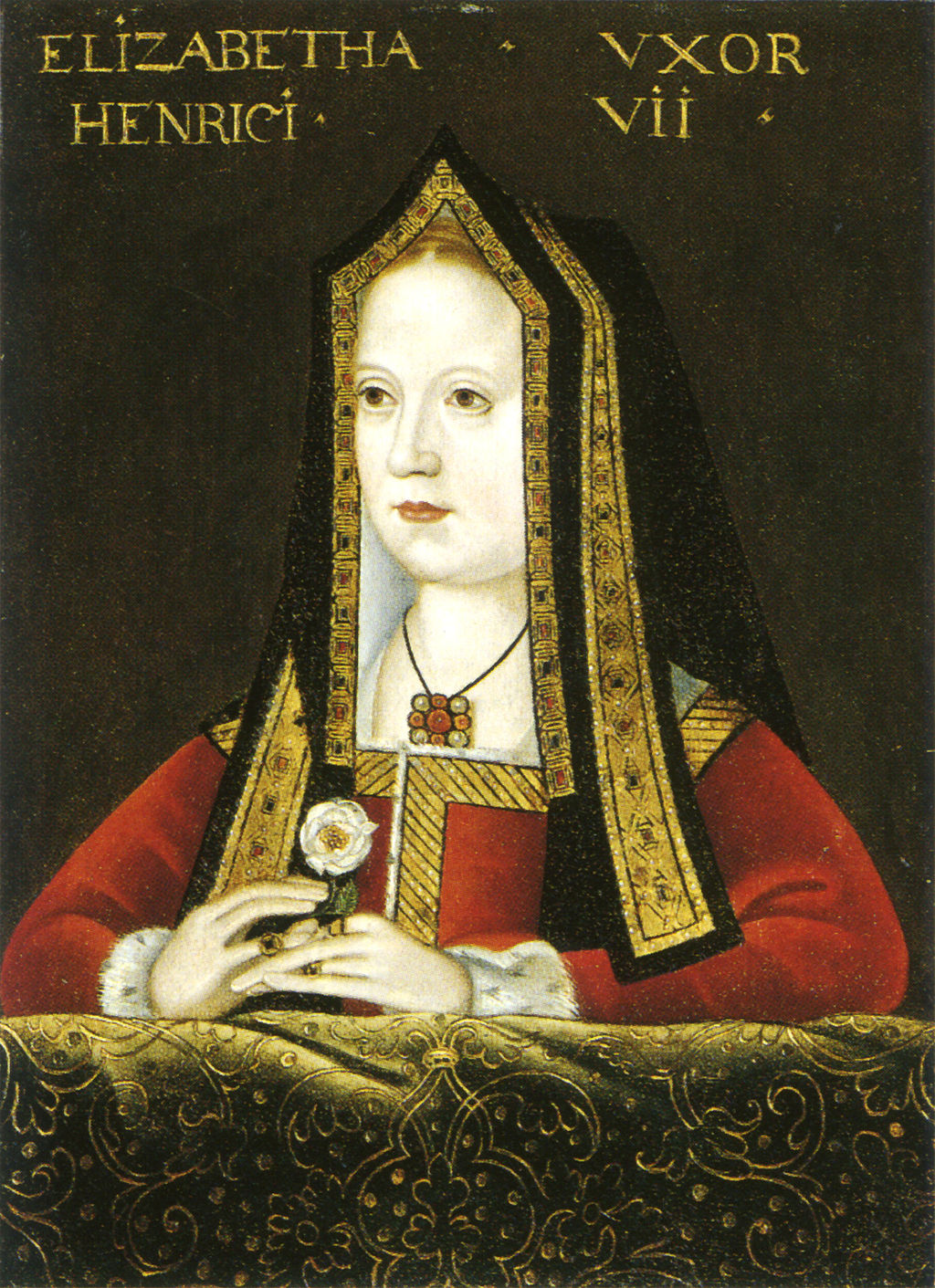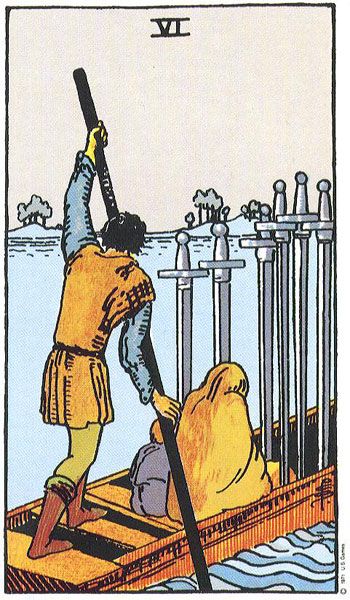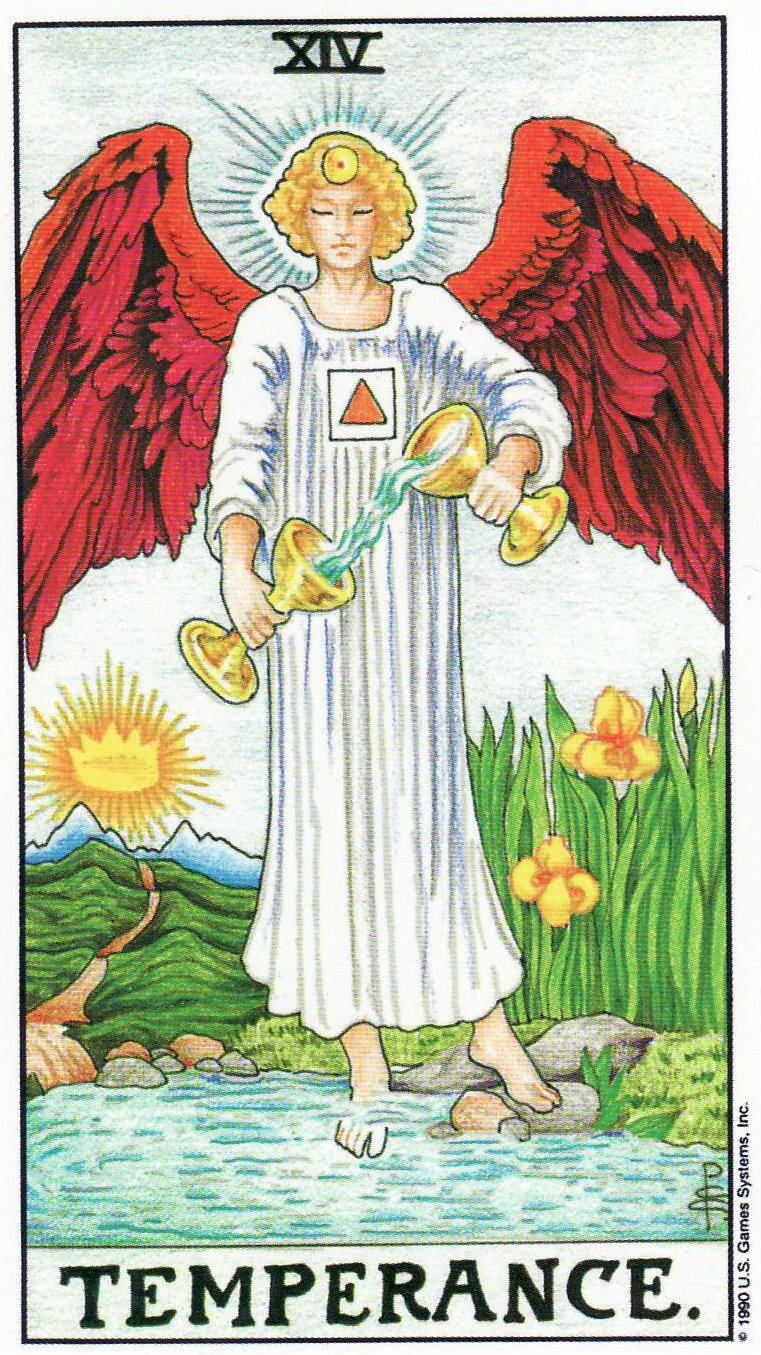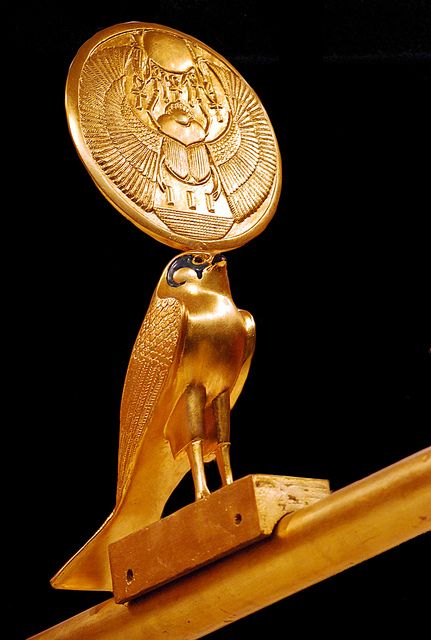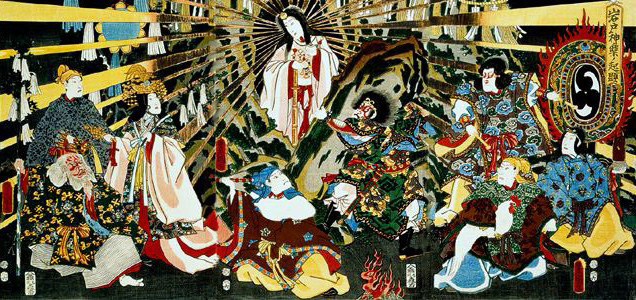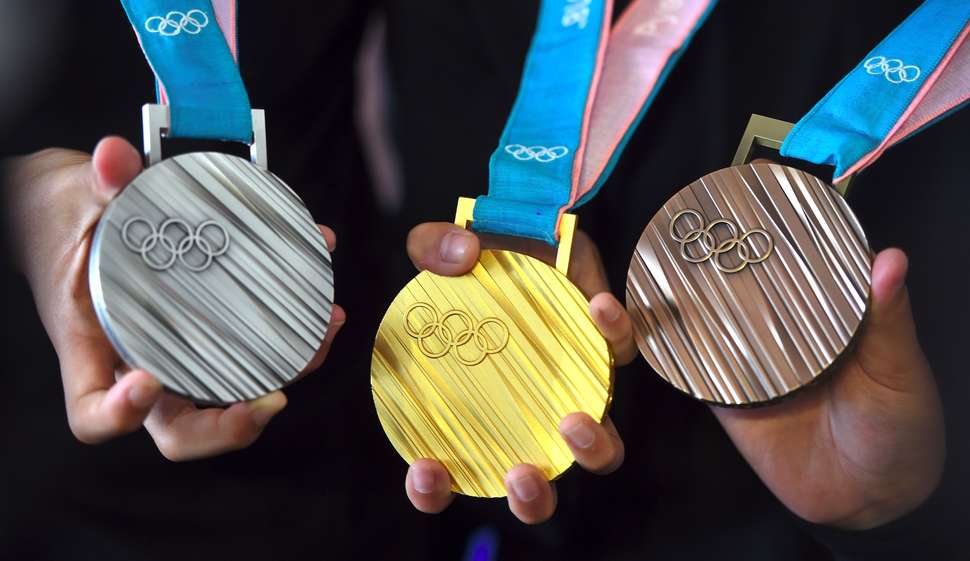Each day when I check my messages and DM’s I always find questions from people that are interested in starting their own tarot business but are unsure of where to start. I put together this video with hopes that it gives you motivation and assistance when it comes to starting your own journey as a professional tarot reader.
1) FINDING YOUR WHY
Why do you want to become a tarot reader or instructor? This personal mission will be what motivates you to make meaningful changes in your own life and the lives of others.
For me, I knew that I wanted to work from home and dedicate my time towards something more spiritual. Tarot was the perfect medium for me because it allowed me to use my deep interest in the esoteric arts to help others around the globe.
My mission was also to make tarot something more approachable and less scary to the general public. I knew that by becoming a tarot reader & instructor I would be able to help introduce this wonderful divinatory art to countless others that may be unfamiliar with its magic.
2) HONE YOUR SKILLS
They say the way is Carnegie Hall is practice, practice, practice and the same is true for becoming a successful reader.
A deep understanding of tarot requires two skill sets. Firstly, you’ll need a comprehensive knowledge of card meanings and symbolism. Secondly, you’ll need to practice different tarot spreads and readings daily till your intuition grows and flourishes. Intuition is just like a muscle, you need to use it regularly for it to develop & strengthen.
3) CHOOSE THE RIGHT TOOLS FOR YOUR BUSINESS
Becoming a tarot reader today is very different than it was a few decades ago. It used to be that if you wanted to become a reader you gained clients by word of mouth and then if you were successful enough you had your own physical shop where you provided readings.
My day to day experience as a reader is very different from this. While I do occasionally do in-person readings the majority of my income comes from online readings I do through tools like Skype and Zoom. Luckily there are so many tools at our disposal that we can use for a tarot business. For example, I used Squarespace to build my website, Canva to create graphics and images, and Asana to plan out my business goals.
4) BUILD YOUR COMMUNITY
What’s wonderful about being a reader in the 21st century is that your clients become active participants in your wider tarot journey. The best way to find new clients in any business is to become an expert in your field and to share that knowledge with others.
Using social media tools, such as Instagram or Youtube, you can create content that engages others and showcases your expertise in tarot. There’s no need to be pushy or salesy with the community you build. Instead, focus on creating valuable and meaningful content and new clients will come to you because they trust your skills as a reader and your integrity as an individual.
5) DEFINE YOUR BRAND
Ask yourself what makes you stand out as a tarot reader and how you can convey that visually to your audience. Make sure that your brand best reflects your tarot style and your individual personality. By deciding on your color scheme & fonts, and being consistent with your visuals, your brand becomes immediately recognizable, memorable, and professional.
I hope you enjoyed this video! If you're interested in having some one on one assistance with website building or social media marketing, you can learn more about booking an hour-long session with me here: http://www.arcane-alchemy.com/business-coaching



